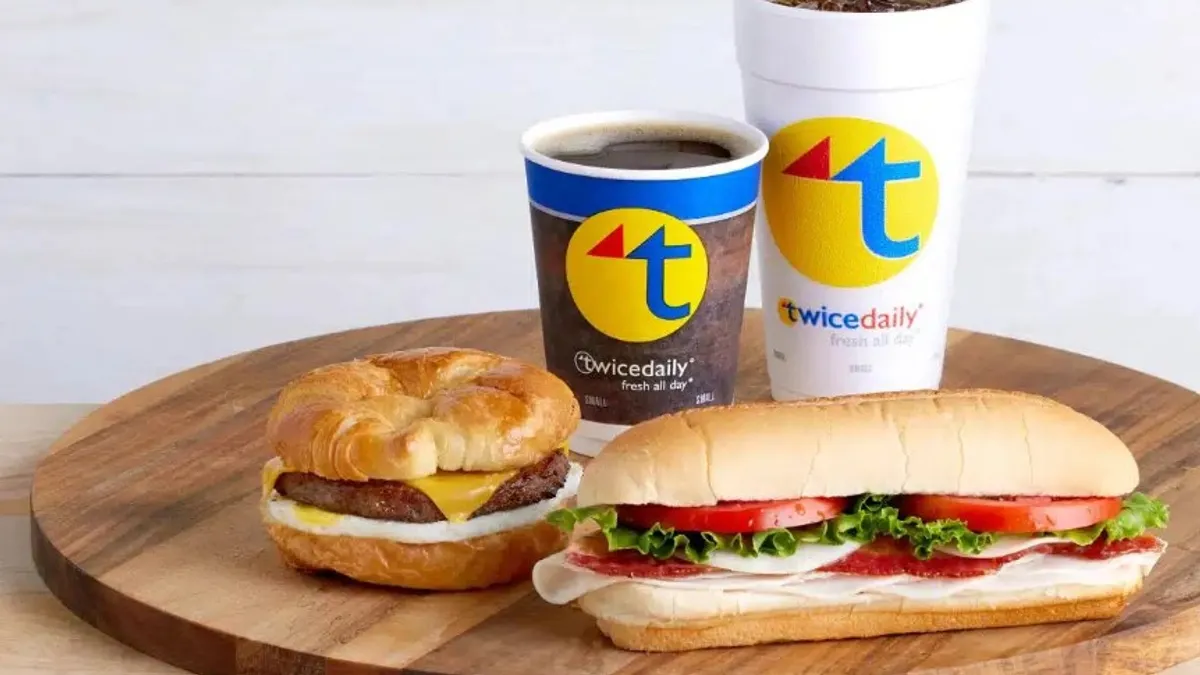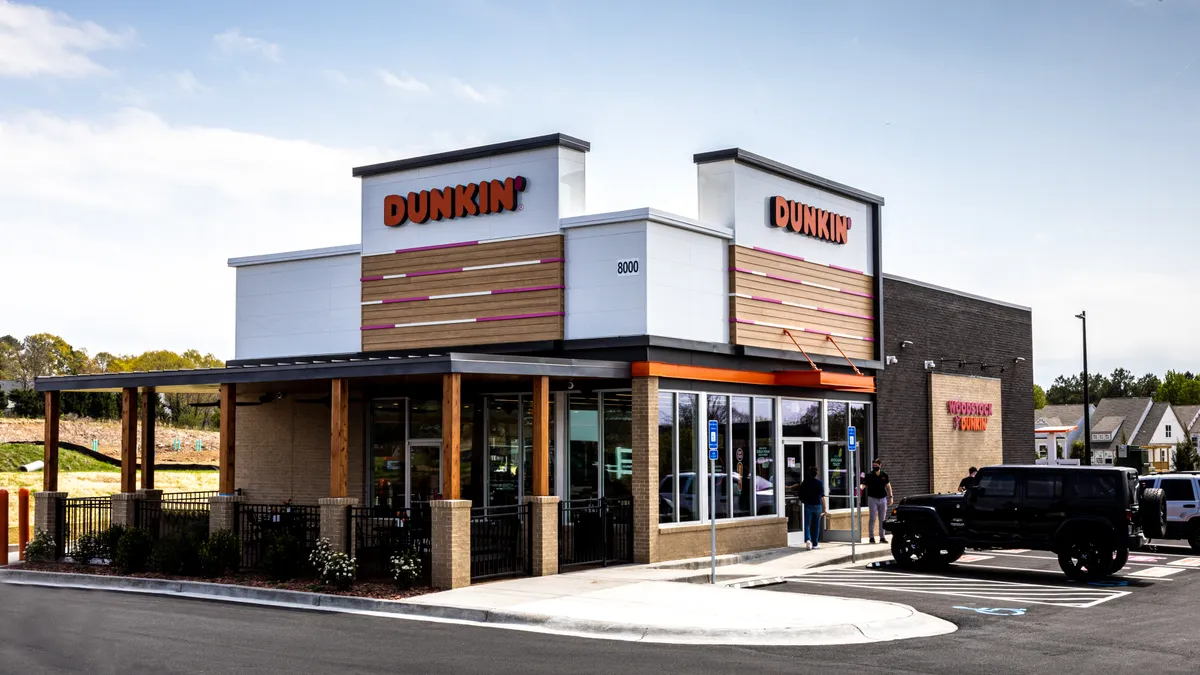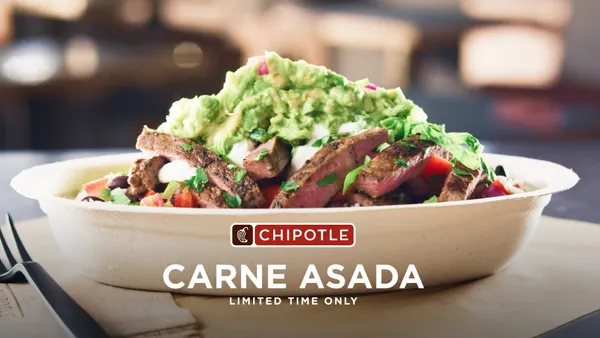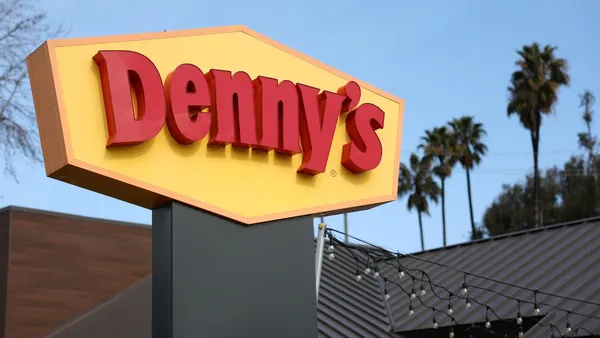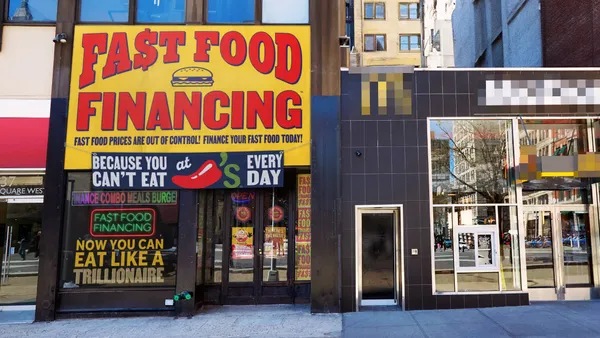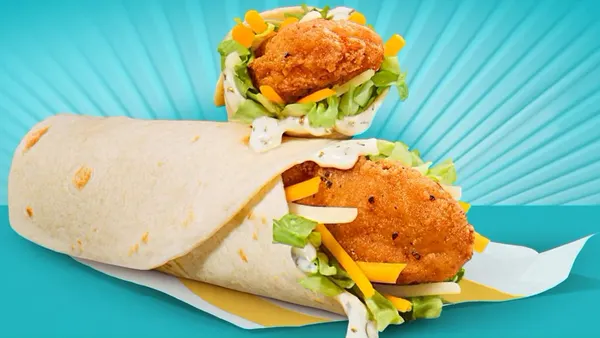People are changing up their favorite dining locations — and this could be a major opportunity for convenience stores.
A third of consumers have changed their favorite QSR in the past year, according to an April 17 report from restaurant technology provider Tillster. That percentage was even higher for Generation Z and Millennials.
Despite concerns about high prices, the top factor driving these changes wasn’t actually costs. It was the quality of the food. Nearly half of those surveyed said they changed their favorite quick dining spot because someplace else offered better grub. “Better value” came in second at 40%.
“This suggests that once a diner becomes a loyal customer, they’re less likely to be enticed by offers from competitors — but that doesn’t mean other value-driven experiences, such as new menu options or better service, won’t pique their interest,” the report noted.
How c-stores can benefit
Shoppers are more open to eating at convenience stores and grocery chains than they’ve been in the past. The report found that 24% of those surveyed said they eat at c-stores and grocery stores more often now than they did a year ago. That was significantly more than the share of people who said they made more visits to fast-food and fast-casual chains.
Tillster, which supplies digital kiosks, mobile apps and other ordering solutions, attributed this to convenience and grocery stores adding more made-to-order options.
“As more diners turn toward C-stores and grocery stores for a quick bite, QSR/fast-food and fast-casual chains need to keep quality of food — and the full dining experience — top of mind or risk losing foot traffic,” the report stated.
However, the report found that while c-stores are making gains, consumers still don’t believe they offer good food value. Over a third of respondents said QSRs have the most value for their dining dollars. Only 4% said that about convenience stores.
When asked how they defined value, 59% of customers cited a good price, while 56% said it includes the quality and freshness of the food. A third said order accuracy was also part of the equation.
C-stores’ low-value image may come because their menus often consist of “individual grab-and-go or made-to-order items that may not offer the same sense of value or satisfaction as a meal deal,” the report said.
Convenience stores with a strong food focus are already working to address these issues. 7-Eleven, for instance, has developed a new store format that’s more food-focused and plans to nearly double the number of QSRs in its network. Retailers like Rutter’s use limited-time offers to bring new, eye-catching flavors to diners.
Additionally, meal deals are becoming more popular, with retailers like EG America, Tri Star and Jiffy Trip giving shoppers a meal and drink for one price.



